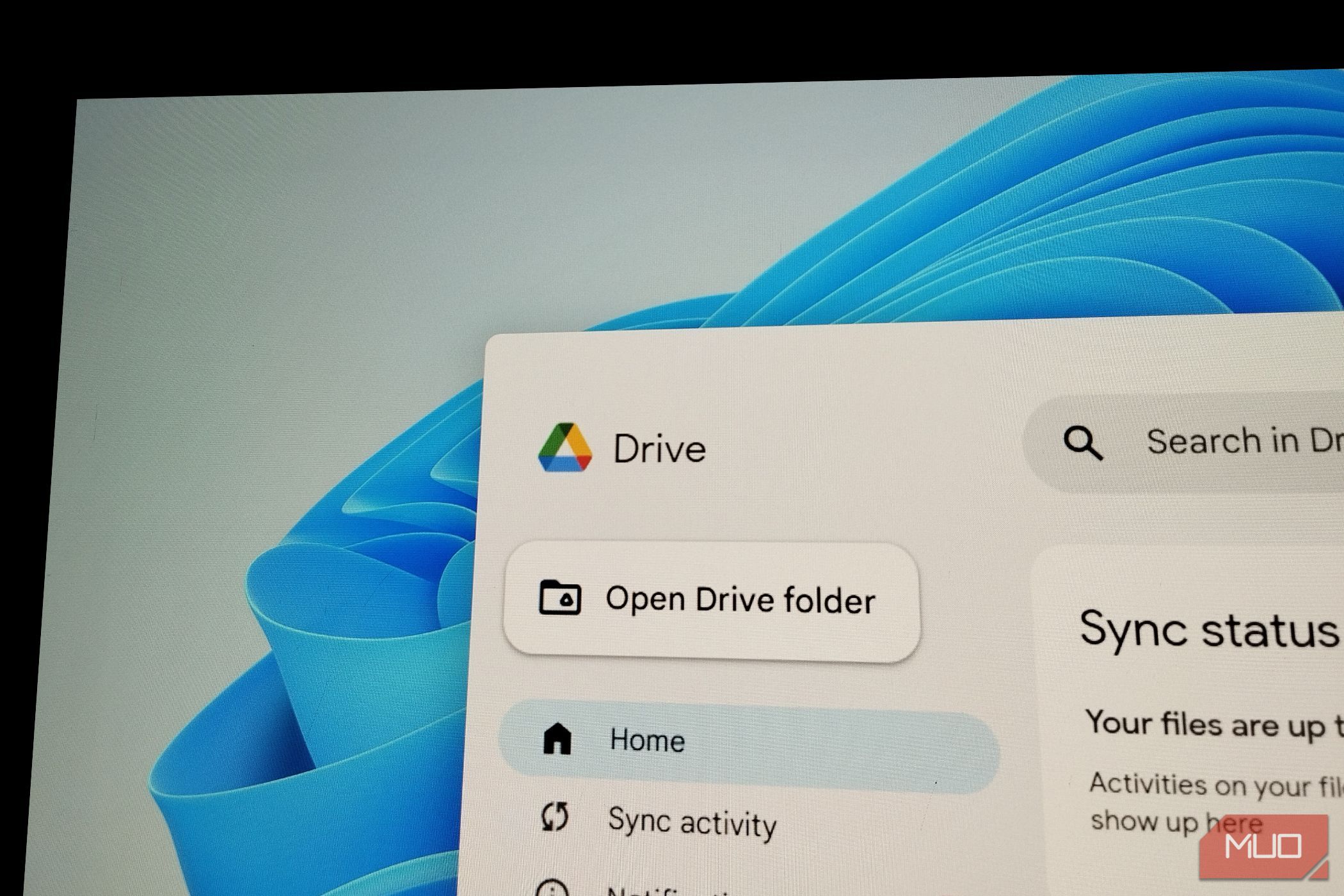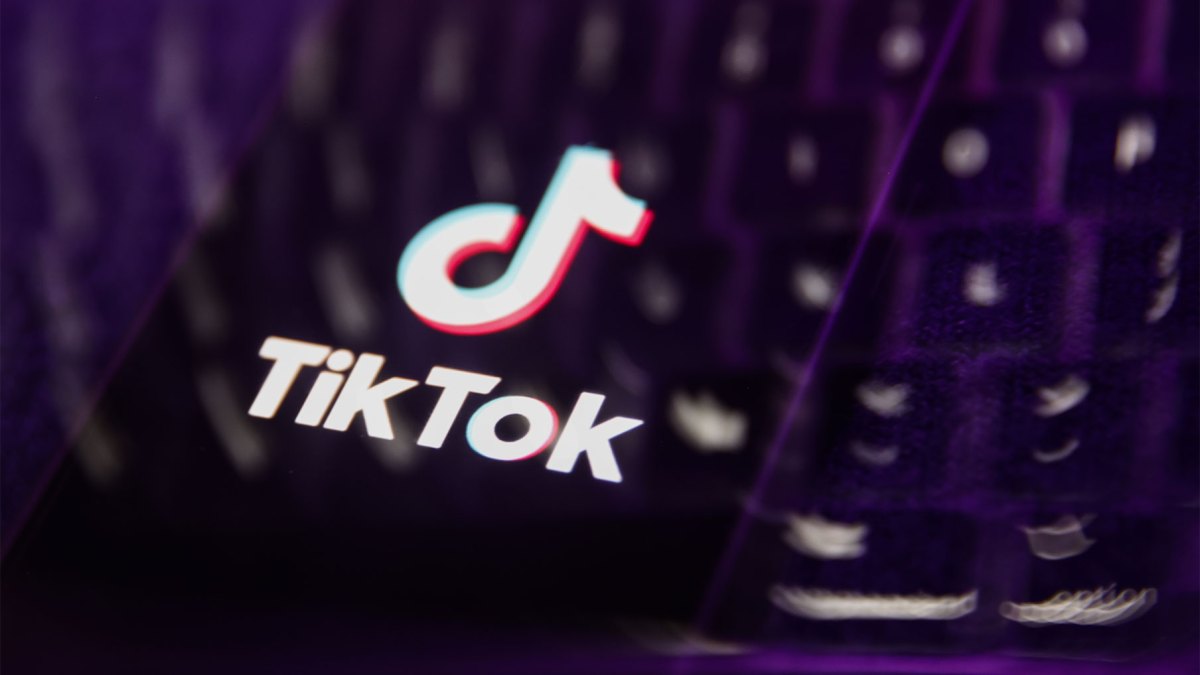In December 2022, in the middle of the energy crisis and with the intention of ceasing to depend on the gas and oil of Russia, Spain, Portugal and France joined to define the H2Med green hydrogen corridor. The idea was to start producing green hydrogen for electricity generation, something that Spain can contribute thanks to its reserves and the great surplus of renewables. In April 2024, Europe approved the two axes planned in Spain, but a few months later, France reached a parallel agreement with Morocco.
This is the Chbika project, and is as ambitious as controversial.
Chbika. Europa presumes to be a power in renewables, something that has been revealed in recent months, but also wants to import a huge amount of energy directly from Africa. According to Europe, it is “essential to meet the objectives of the European Green Pact and to strengthen energy security”, and within these agreements is the signed between France and Morocco.
In October 2024, taking advantage of the visit of the French president Emmanuel Macron to Morocco, and with the presence of King Mohammed VI, an ambitious plan for the industrial production of green hydrogen and ammonia was signed.
Price of light continues to rise” width=”375″ height=”142″ src=”https://i.blogs.es/e8d054/guia-de-imagenes-destacadas-1-/375_142.png”/>
Goals. This project is promoted by a European consortium formed by TE H2, a Joint-Venture of the French groups Total Energies and Eren, but also with the Danish Copenhagen Infrastructure Partners and AP Moller Capital. Its objectives are:
- Build wind and solar infrastructure on land with 1 GW capacity.
- Green hydrogen production using the electrolysis technique thanks to desalinated sea water.
- Use hydrogen to get 200,000 tons of annual green ammonia, mainly for the European market.
Green ammonia. Apart from green hydrogen, which is used to generate electricity, green ammonia is a compound formed by nitrogen and hydrogen that is achieved by electrolysis that uses renewable energy. The traditional process to achieve ammonia implies natural gas, so the use of renewables in the process makes it a process without CO₂ emissions.
The main use of ammonia is as agricultural fertilizer, but it can also be used as a hydrogen bearer. It has a high energy density and is easier to transport than hydrogen (not needing cooling as extreme as H2), which makes it an energy vector to export hydrogen at long distances.
In search of treasure. This agreement seeks not only to strengthen cooperation between Europe and Africa in energy matters, but also consolidates the position of Morocco as a key supplier of clean energy to the European Union. And it is aligned with the Repowereu program that intends to import 10 million tons of green hydrogen before 2030.
Although the pact was signed in autumn last year, a few weeks ago there was the confirmation of land rights in which the plant will be built and advances in technical and legal agreements that settle the foundations of the operations that will come below were made.
Controversy. Now, the Chbika project is not exempt from controversy. On the one hand, it has been indicated as a Moroccan maneuver to strengthen its position in green hydrogen within Europe, competing directly against Spain.
On the other hand, part of the territory destined for the project, in the Guelmim-Oed Noun region, is considered by organizations such as the UN as border or superimposed with areas of the Western Sahara, occupied by Morocco. Activist organizations denounce that many of these energy projects in Morocco are being built on occupied Saharawi territories, and that these are * Greenwashing * through clean energy while they continue to oppress the Saharawi people.
Spanish plans. Meanwhile … What does Spain do? Well, some of their companies, such as Action or Cepsa, have also signed with Morocco. The objective of the African country is that renewables represent 52% of their installed capacity for 2030 and green hydrogen is a means to achieve it. And, for this, a Moroccan government committee selected five consortiums to develop six green hydrogen projects with the intention of producing ammonia, steel and industrial fuel.
Problem? Apart from the competition with Spanish projects, they will be developed in the aforementioned Guelmim-Oed Noun, as well as in Dakhla-Rio de Oro and LaAyoune-Sakia el Hamra, also occupied territories, which can increase diplomatic tensions with Spain and the Sahara.
Imagen | Topsoe
WorldOfSoftware | The price of gas has already reached 2022 levels. Now the European industry depends on one thing: that the cold does not return











